 2012 Hyundai i20 I (PB facelift 2012) Dimensions, Size & Specs
2012 Hyundai i20 I (PB facelift 2012) Dimensions, Size & SpecsMeasurements of the 2012 Hyundai i20 I, engineered for optimal performance and comfort
| Dimensions | |
|---|---|
| Length: | 3940 mm155.1 in12.9 ft |
| Width: | 1710 mm67.3 in5.6 ft |
| Height: | 1490 mm58.7 in4.9 ft |
| Trunk Capacity: | 295 liter10.4 cu ft |
| Trunk Capacity (Max): | 1060 liter37.4 cu ft |
| Weight Specifications | |
| Curb Weight: | 970-1115 kg2138-2458 lbs |
| Maximal permitted Weight: | 1515-1650 kg3340-3638 lbs |
| Tire Specifications | |
| Rims Size: | 14-inch rims:
|
| Tire Size: |
|
The Hyundai i20 I (PB facelift 2012) represents a refined compact hatchback designed for urban maneuverability and practical daily use, produced from 2012 to 2014. With a length of 3940 mm (155.1 in), a width of 1710 mm (67.3 in), and a height of 1490 mm (58.7 in), the i20 offers a compact footprint ideal for city driving and parking. The curb weight ranges between 970 and 1115 kg (2138 to 2458 lbs), reflecting its light construction that contributes to fuel efficiency and responsive handling.
Inside, it features a versatile luggage space of 295 liters (10.4 cubic feet), which can be expanded substantially to 1060 liters (37.4 cubic feet) when the rear seats are folded down, providing ample room for groceries, luggage, or other cargo. The vehicle rides on 5.5J x 14 rims fitted with 175/70 R14 tires, supporting balanced road grip and ride comfort. This generation of the i20 is tailored for drivers seeking the advantages of a subcompact hatchback, blending practical interior volume with a compact exterior size, making it competitive within its segment and suitable for both city environments and longer journeys.
Discover the standout features that make the 2012 Hyundai i20 I a leader in its class
Have a question? Please check our knowledgebase first.
The Hyundai i20 I (PB facelift 2012) has a length of 3940 mm (155.1 inches), a width of 1710 mm (67.3 inches), and a height of 1490 mm (58.7 inches). These compact dimensions make it suitable for urban driving and parking while providing a practical hatchback size.
The Hyundai i20 I (PB facelift 2012) has a curb weight ranging between 970 kg (2,140 lbs) and 1115 kg (2,458 lbs), while the maximum weight ranges between 1515 kg (3,340 lbs) and 1650 kg (3,638 lbs). The relatively lightweight body contributes to nimble handling and improved fuel efficiency, making it economical to run. This weight range aids in balancing stability, acceleration, and braking while keeping fuel consumption reasonable for its segment.
The Hyundai i20 I (PB facelift 2012) offers a luggage capacity of 295 liters (10.4 cubic feet) with the rear seats in their standard upright position. When the rear seats are folded down, the luggage space expands significantly to 1060 liters (37.4 cubic feet). This versatility allows the vehicle to cater efficiently to both daily commuting needs and larger cargo requirements, which is ideal for small families or individuals needing extra storage.
Yes, the Hyundai i20 I (PB facelift 2012) fits comfortably into a standard residential garage. With a length of 3940 mm (155.1 inches), width of 1710 mm (67.3 inches), and height of 1490 mm (58.7 inches), it is compact enough for typical garage dimensions, which generally accommodate cars up to around 6 meters (236 inches) long. Its moderate width and height also provide ease of parking and maneuvering inside garages without the risks of scratching or damage.
The Hyundai i20 I (PB facelift 2012) mainly retained the base dimensions of the original i20 PB generation introduced earlier, with no significant changes to its exterior size. The length remained around 3940 mm (155.1 inches), width about 1710 mm (67.3 inches), and height approximately 1490 mm (58.7 inches). The facelift mainly focused on aesthetic upgrades and mechanical refinements rather than dimensional changes, meaning the space, footprint, and cabin comfort continued as per the predecessor.
Compared to other subcompact hatchbacks from the early 2010s, such as the Ford Fiesta, Volkswagen Polo, or Suzuki Swift, the Hyundai i20 I (PB facelift 2012) falls within a typical size range. Its length of 3940 mm (155.1 inches) places it close to these competitors. The width of 1710 mm (67.3 inches) is also on par, providing sufficient interior space without sacrificing maneuverability. The height at 1490 mm (58.7 inches) balances headroom and aerodynamic styling well. Its luggage capacity of 295 liters (10.4 cu ft) is competitive though some rivals offer slightly larger cargo volumes with seats folded.
The Hyundai i20 I (PB facelift 2012) is equipped with 14-inch rims sized 5.5J x 14, paired with 175/70 R14 tires. This tire size offers a good compromise between ride comfort and handling precision. The relatively narrow and taller profile tires absorb road irregularities effectively, ensuring a smooth ride in urban and suburban conditions. Meanwhile, the rim and tire size maintain responsive steering and stability, which is essential for a subcompact hatchback that often sees the city street environment.
The Hyundai i20 I (PB facelift 2012) offers a comfortable cabin designed thoughtfully for a subcompact hatchback. The cabin provides adequate headroom and legroom for front and rear passengers, facilitated by its height of 1490 mm (58.7 inches) and accommodating width of 1710 mm (67.3 inches). Rear seats can be folded to extend cargo capacity, increasing practicality for passengers who need extra space. The facelift included improvements in materials and interior ergonomics, aimed at enhancing passenger comfort and user experience.
The Hyundai i20 I (PB facelift 2012) benefits from its lightweight structure (curb weight between 970 to 1115 kg) in achieving efficient fuel consumption. Although exact fuel economy ratings depend on engine and drivetrain options, its compact size and aerodynamic shape contribute to competitive mileage in the subcompact hatchback segment. Typically, vehicles of this size can achieve urban fuel economy figures around 5 to 6 liters per 100 kilometers (47 to 39 mpg US), making the i20 an economical choice for city and light highway driving.
The Hyundai i20 I (PB facelift 2012) hatchback suits urban dwellers and small families seeking a reliable, economical, and practical vehicle. Its compact exterior dimensions allow for easy city driving and parking, while the flexible interior space with foldable rear seats expands luggage capacity for weekend trips or shopping. The car's lightweight design combines with efficient tires to provide a comfortable and efficient ride. Practicality, coupled with Hyundai's reputation for value and quality, makes the i20 facelift a popular choice in the subcompact hatchback market.
Discover similar sized cars.

| Production: | 2017-2018 |
|---|---|
| Model Year: | 2017 |
| Length: | 3945 mm155.3 in |
| Width: | 1695 mm66.7 in |
| Height: | 1510 mm59.4 in |
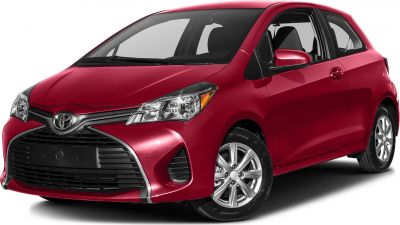
| Production: | 2014-2017 |
|---|---|
| Model Year: | 2014 |
| Length: | 3950 mm155.5 in |
| Width: | 1695 mm66.7 in |
| Height: | 1510 mm59.4 in |
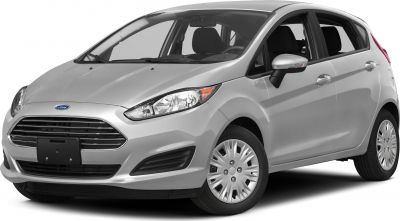
| Production: | 2013-2017 |
|---|---|
| Model Year: | 2013 |
| Length: | 3969 mm156.3 in |
| Width: | 1973 mm77.7 in |
| Height: | 1495 mm58.9 in |
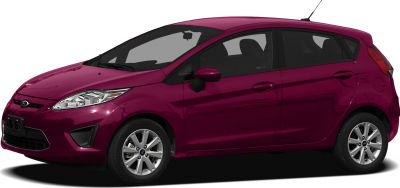
| Production: | 2008-2012 |
|---|---|
| Model Year: | 2009 |
| Length: | 3950 mm155.5 in |
| Width: | 1973 mm77.7 in |
| Height: | 1481 mm58.3 in |
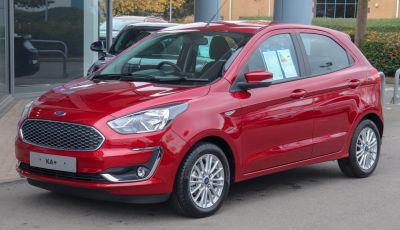
| Production: | 2018-2021 |
|---|---|
| Model Year: | 2018 |
| Length: | 3941 mm155.2 in |
| Width: | 1704 mm67.1 in |
| Height: | 1524 mm60.0 in |
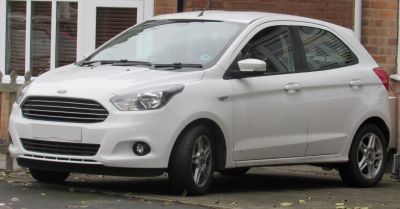
| Production: | 2016-2018 |
|---|---|
| Model Year: | 2016 |
| Length: | 3929 mm154.7 in |
| Width: | 1695 mm66.7 in |
| Height: | 1524 mm60.0 in |
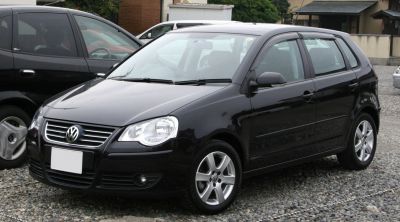
| Production: | 2005-2009 |
|---|---|
| Model Year: | 2005 |
| Length: | 3897-3916 mm153.4-154.2 in |
| Width: | 1931 mm76.0 in |
| Height: | 1467 mm57.8 in |
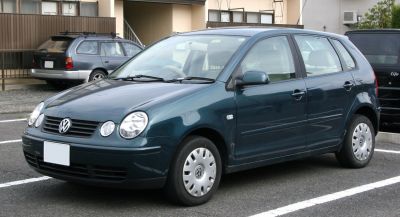
| Production: | 2001-2005 |
|---|---|
| Model Year: | 2001 |
| Length: | 3743-3897 mm147.4-153.4 in |
| Width: | 1632-1650 mm64.3-65.0 in |
| Height: | 1418-1465 mm55.8-57.7 in |
